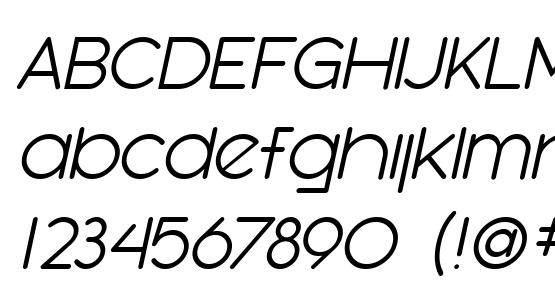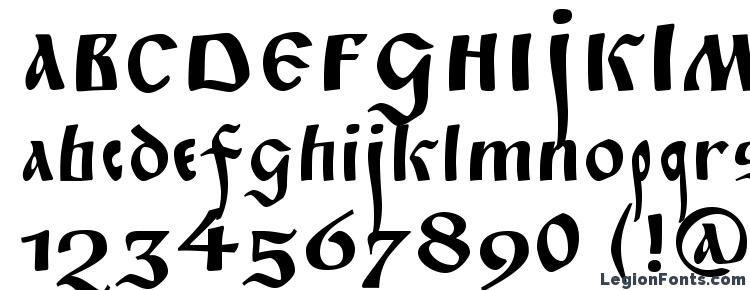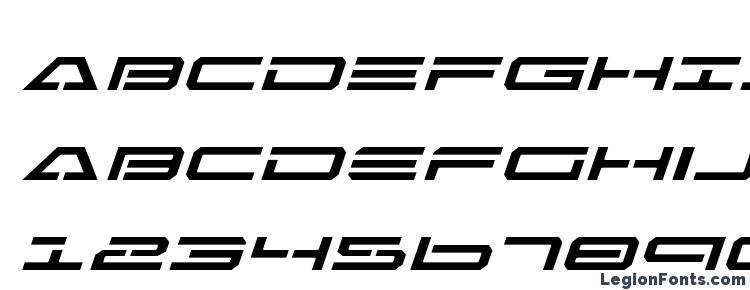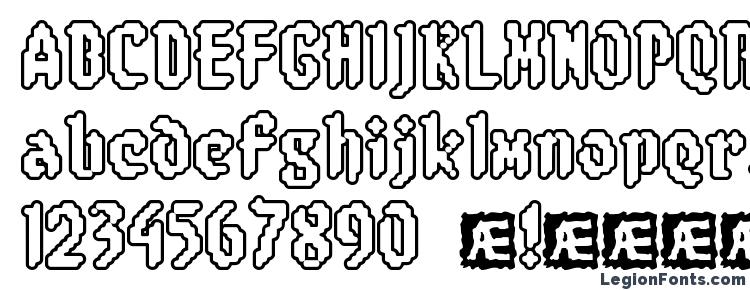

Explore Tauri, a new framework for building binaries.
Fontbook limit how to#

Besides these, font creators can register any custom axis that users can access with the font-variation-settings CSS property. However, there are five registered axes that are standardized by the OpenType Font Variation specification: weight ( wght), width ( wdth), italic ( ital), slant ( slnt), and optical size ( opsz). The design axes are always chosen by the creator of the font, and they differ from variable font to variable font. Instead, they consist of one or more design axes that allow us to generate unique values for attributes such as width, weight, slant, and many others. Variable fonts, as defined by a new OpenType font specification, don’t come with preset font styles such as bold, italic, or thin. In this tutorial, we’ll conduct a performance test on a live server to better understand the performance trade-off of variable fonts. While the former statement is definitely true since variable fonts do provide infinite typographical choices, the latter only holds under certain conditions.

Variable fonts are popular for two reasons: they expand design possibilities and improve website performance. Variable fonts: Is the performance trade-off worth it? Head to her personal blog Annalytic for more content. It takes skill.Anna Monus Follow Anna is a technical writer who covers frontend frameworks, web standards, accessibility, WordPress development, UX design, and more. It’s kind of like mixing patterns for an interior designer. Trust your designer: There’s a lot more to combining fonts than was touched on here. Select one font for your main font and the other one or two as complements. How many fonts? Limit the amount of fonts to two or three.

When letters are improperly spaced, the look is ruined. Kerning is the overall spacing between groups of letters Leading is the vertical spacing between lines of type. Spacing: Kerning and leading are technical terms that apply to how text is spaced. Brighter, bolder colors bring more attention thus they are more important. Decide which words are the most important. Importance: Establish a visual hierarchy. Better to mix a script with a serif or sans serif. That is why most graphic designers don’t advise mixing two script fonts. Avoid pairing fonts that are too similar. Mix a serif and a sans serif a big fat font (or bold) with a skinny font, a fancy script with a simple serif or sans serif font. Most fonts have moods or personalities just like us - casual, playful, elegant. Opposites Attract: When mixing fonts choose fonts that complement each other. The first rule or guideline to remember is “Less is More” in other words, “Keep it Simple”! Now that we understand the different types of fonts, how do we decide what goes with what?


 0 kommentar(er)
0 kommentar(er)
